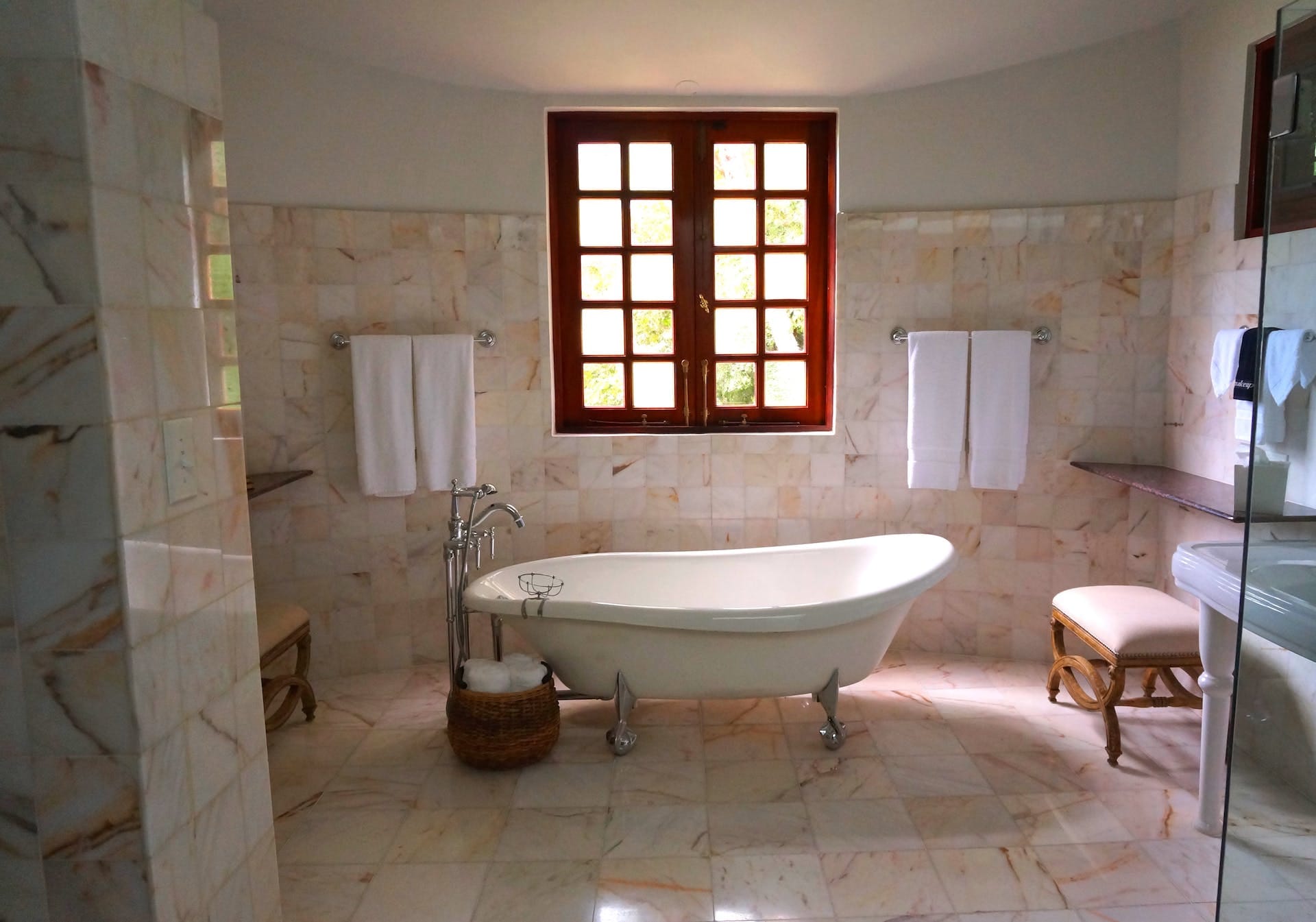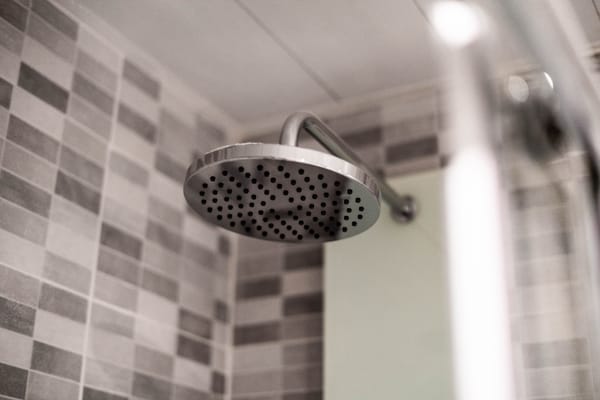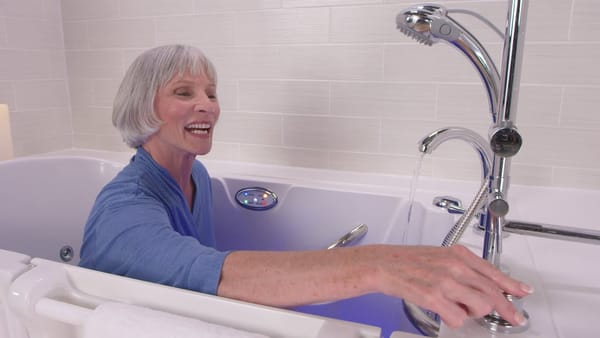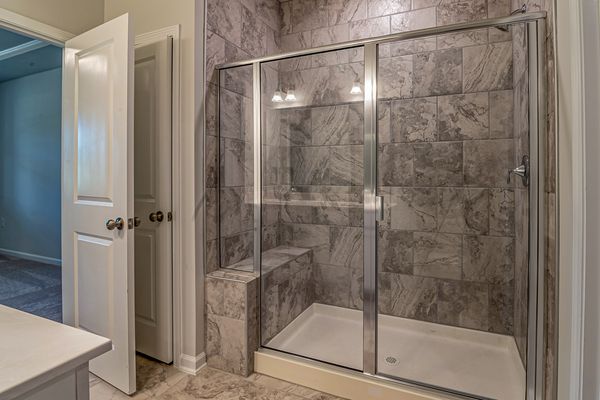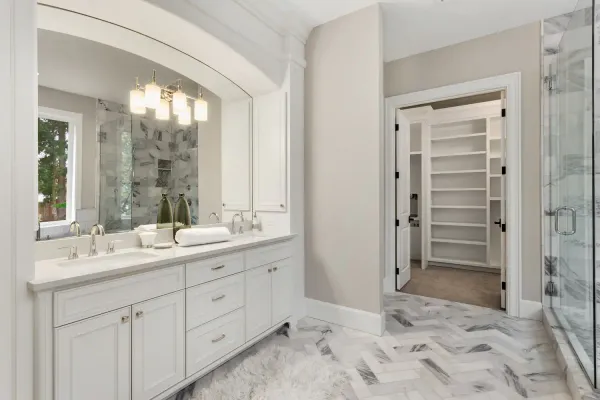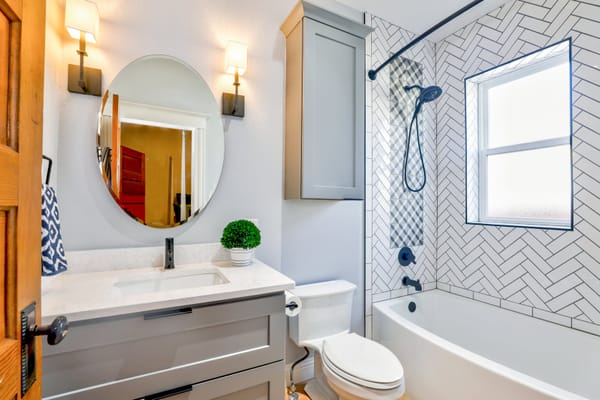Remodeling your bathroom can be an exciting and rewarding process as it allows you to transform a functional space into a luxurious retreat. Whether you're looking to increase the resale value of your home or simply want to enhance your daily living experience, a well-executed bathroom remodel can make a significant impact.
In this comprehensive guide, we will explore the step-by-step process of remodeling your bathroom, from initial planning to the finishing touches.
Define Your Goals and Budget:
Before diving into the remodeling process, it's crucial to clearly define your goals. Are you looking to create a spa-like oasis, maximize storage space, or update outdated fixtures? Additionally, establishing a realistic budget is essential to ensure that your vision aligns with your financial resources. There are lots of great cheap baths and showers onlin, so remember to do your research first.
Consider factors such as materials, labor costs, and unexpected expenses when setting your budget.
Create a Design Plan
Develop a design plan that encompasses your aesthetic preferences and functional needs. Consider the layout, color scheme, and overall style. Look for inspiration in design magazines, online platforms, or even by visiting showrooms. Don't forget to take into account the existing plumbing and electrical systems, as major changes to these can significantly impact your budget.
Bathrooms are no longer just functional spaces; they have evolved into havens of relaxation and personal style. The choice of bathroom style can significantly impact the overall aesthetic of your home. Here are some popular bathroom styles, each with its unique characteristics:
Modern/Contemporary:
- Characteristics: Clean lines, minimalistic design, and a focus on functionality.
- Materials: Commonly incorporates materials like glass, metal, and concrete.
- Color Palette: Neutral tones, with occasional pops of bold colors.
- Fixtures: Sleek, angular fixtures and often features wall-mounted vanities.
Traditional:
- Characteristics: Timeless and classic design, often inspired by historical periods.
- Materials: Wood, marble, and ceramic tiles are frequently used.
- Color Palette: Warm and rich colors, such as beige, cream, and deep blues.
- Fixtures: Clawfoot tubs, pedestal sinks, and ornate faucets contribute to the traditional aesthetic.
Transitional:
- Characteristics: Strikes a balance between traditional and contemporary design.
- Materials: Mixes classic and modern materials, such as combining wood with glass or metal.
- Color Palette: Neutral tones with occasional accents of bold colors.
- Fixtures: Blends classic and modern fixtures to create a harmonious look.
Rustic/Farmhouse:
- Characteristics: Emphasizes a cozy, lived-in feel with natural elements.
- Materials: Distressed wood, stone, and vintage-inspired fixtures.
- Color Palette: Earthy tones, such as browns, greens, and whites.
- Fixtures: Freestanding tubs, apron sinks, and wrought iron accents.
Scandinavian:
- Characteristics: Simplicity, functionality, and a focus on natural light.
- Materials: Light-colored wood, white tiles, and simple, functional accessories.
- Color Palette: White, light gray, and natural wood tones predominate.
- Fixtures: Clean-lined, simple fixtures with an emphasis on practicality.
Industrial:
- Characteristics: Utilitarian and raw aesthetics, often inspired by warehouses or factories.
- Materials: Exposed brick, concrete, metal, and reclaimed wood.
- Color Palette: Neutral tones, with pops of metallic accents like steel or copper.
- Fixtures: Industrial-style faucets, open shelving, and concrete sinks.
Coastal/Beach:
- Characteristics: Light and airy with a beach-inspired color palette.
- Materials: Natural materials like bamboo, sea grass, and weathered wood.
- Color Palette: Whites, blues, and sandy beige tones.
- Fixtures: Nautical-inspired details, such as rope mirrors or shell-themed accessories.
Eclectic:
- Characteristics: A mix of different styles, patterns, and textures.
- Materials: Anything goes, as long as it contributes to the overall eclectic vibe.
- Color Palette: Bold and varied colors, often with contrasting patterns.
- Fixtures: Can vary widely, from vintage to modern, creating a unique and personalized space.
When choosing a bathroom style, consider your personal preferences, the overall design of your home, and the practical needs of the space. Whether you prefer the sleek lines of a modern bathroom or the warmth of a traditional space, there's a style to suit every taste and lifestyle.
Hire a Professional or DIY:
Decide whether you'll undertake the remodel as a do-it-yourself (DIY) project or if you'll enlist the help of professionals. While DIY projects can save money, complex tasks such as plumbing and electrical work may be best left to experienced professionals to avoid potential issues and ensure compliance with local building codes.
Demolition and Preparation:
Once your plan is in place, begin the demolition phase. Remove old fixtures, tiles, and any elements you're replacing. Ensure that the plumbing and electrical systems are in good condition. Address any structural issues before moving forward. Proper preparation is crucial for a smooth remodeling process.
Plumbing and Electrical Work
If your remodel involves changes to the plumbing or electrical systems, this is the time to address them. Install new pipes, fixtures, and wiring according to your design plan. Make sure to comply with local codes and regulations to ensure the safety and functionality of your bathroom.
Installation of New Fixtures and Finishes:
Install new fixtures, such as the bathtub, shower, sink, and toilet. Lay tiles or other chosen flooring materials, and apply finishes to walls. Ensure that all elements align with your design plan and are installed properly. This phase may also include installing cabinetry, mirrors, and lighting fixtures.
Painting and Detailing:
Once the major components are in place, paint the walls and complete any remaining detailing work. This is also the stage where you can add personal touches, such as decorative elements, artwork, or plants, to enhance the overall aesthetic of the space.
Final Inspection and Quality Check:
Before considering your bathroom remodel complete, conduct a thorough inspection. Check for any issues with plumbing, electrical work, or finishes. Ensure that everything meets your expectations and that the bathroom is both functional and aesthetically pleasing.
Regular Maintenance and Care:
After the remodel is complete, establish a routine maintenance schedule to keep your newly renovated bathroom in top condition. Regular cleaning and minor repairs can prevent issues from escalating and ensure the longevity of your investment.
Remodeling your bathroom can be a fulfilling project that adds value and comfort to your home. By carefully planning, budgeting, and executing each phase of the remodel, you can create a space that reflects your style and meets your practical needs. Whether you choose to enlist professional help or embark on a DIY adventure, the key to a successful bathroom remodel lies in attention to detail and a commitment to quality.

